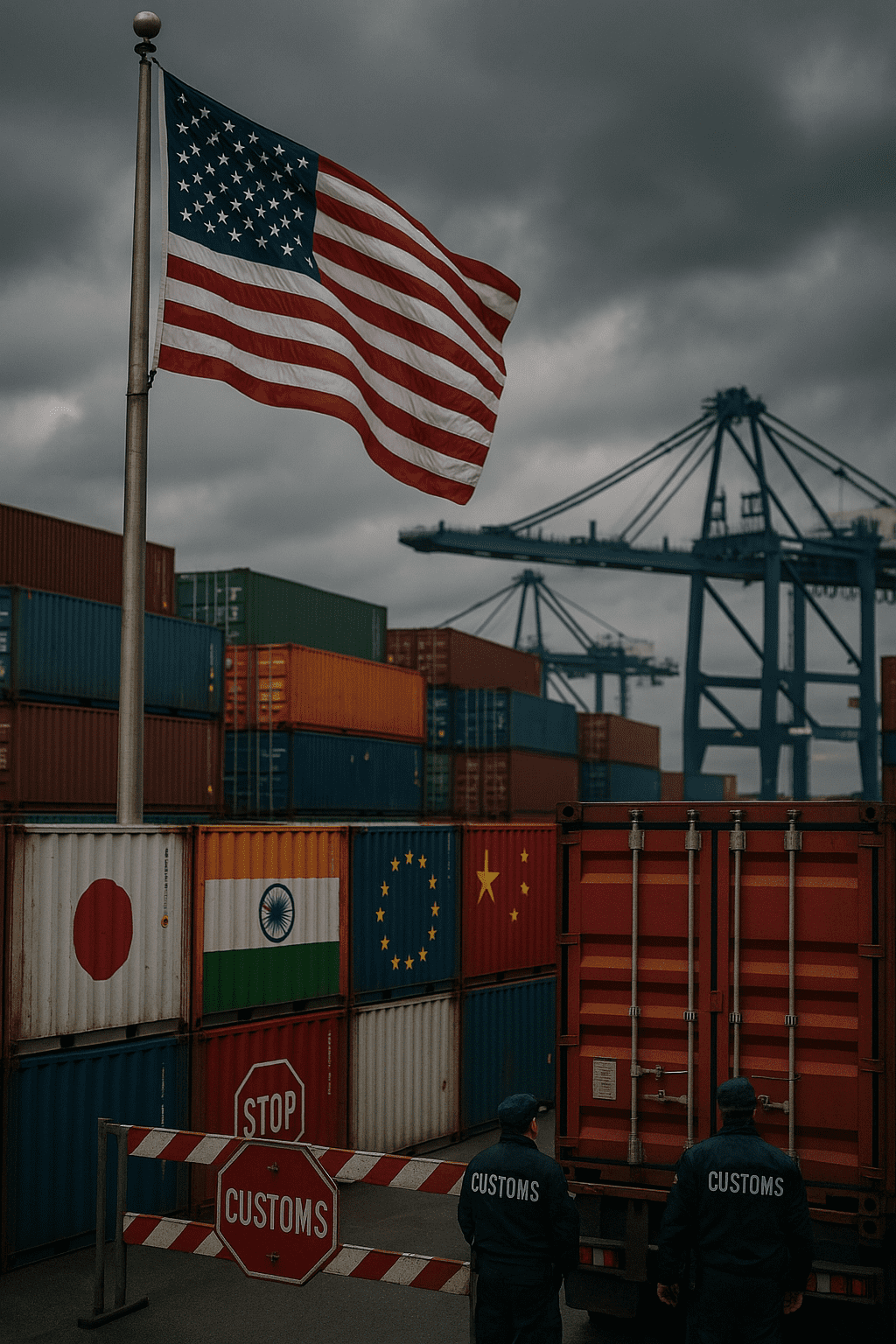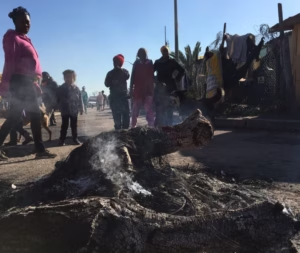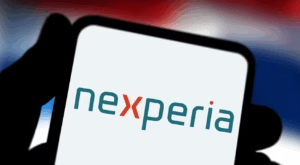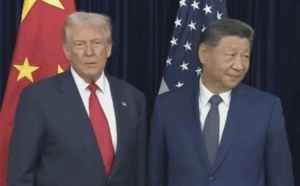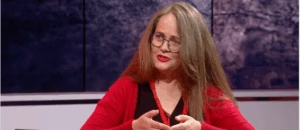A sweeping set of new tariffs imposed by the United States took effect on Thursday, intensifying President Donald Trump’s expansive and controversial campaign to reconfigure international trade dynamics. The action, rooted in an executive order signed the previous week, has already rattled economic partners and sparked concern among economists and industry leaders.
The latest move significantly raises import taxes on a broad spectrum of goods from over 30 countries. For many, the escalation is stark. Where previous tariffs sat at 10 percent, the updated levels now span from 15 percent to as high as 41 percent.
“IT’S MIDNIGHT!!! BILLIONS OF DOLLARS IN TARIFFS ARE NOW FLOWING INTO THE UNITED STATES OF AMERICA!”
President Trump declared the moment of activation on his Truth Social platform, striking a triumphalist tone just after midnight.
Among the nations affected, longstanding trade partners such as the European Union, South Korea, and Japan now contend with a 15 percent tariff on a wide range of goods, despite recent negotiations aimed at preventing more extreme penalties. Meanwhile, India has been hit with a 25 percent duty that is set to double within three weeks. Syria, Myanmar, and Laos face some of the harshest levies, with tariffs as high as 40 or 41 percent.
These tariffs, officially framed as “reciprocal,” are justified by the White House as a means to counteract what Washington perceives as unfair trading practices by partner nations. Yet, despite their breadth, they do not encompass sector-specific duties already in place on sensitive items such as automobiles, pharmaceuticals, steel, and semiconductors.
President Trump has signalled that more is to come. On Wednesday, he revealed plans to impose a 100 percent tariff on semiconductor imports. Taiwan’s TSMC, a critical player in the global chip market, is expected to be exempt due to its manufacturing footprint within the United States.
Despite assurances from the administration that these moves are in America’s best interest, a growing number of economists and business leaders are raising red flags. Analysts warn that the burden of these levies will ultimately fall on domestic consumers and small businesses already struggling under inflationary pressures.
“With back-to-school shopping just weeks away, this will matter politically,”
explained Professor Marc Busch, an international trade expert at Georgetown University. He noted that the initial 90-day delay in the tariff roll-out allowed importers to stockpile goods in anticipation. However, as inventory levels decline, the capacity of businesses to shield customers from cost increases is diminishing.
Busch added that while businesses initially absorbed the price shocks, many are now preparing to pass those expenses down to consumers. That shift could complicate economic recovery efforts and undermine purchasing power for American families.
“Wine sales account for up to 60% of gross margins of full-service restaurants,”
warned a recent letter from the US Wine Trade Alliance, urging the White House to exempt the industry from additional duties. The European Union, facing renewed levies on several exports, continues to lobby Washington for a carveout, particularly for its wine sector.
Tensions are also simmering over discrepancies in trade deals struck with Washington. Japan and the United States remain at odds over the timeline for reduced duties on Japanese automotive exports. A White House official confirmed that Japan’s 15 percent levy remains in addition to existing tariffs, contrary to Tokyo’s expectations of tariff relief.
Sector-specific tariffs on automobiles currently remain at 25 percent for imports from Japan, South Korea, and the European Union, pending further clarification from Washington.
India, meanwhile, finds itself at the epicentre of a fresh trade escalation. President Trump announced Wednesday that the tariff on Indian goods would increase from 25 percent to 50 percent in three weeks, citing New Delhi’s ongoing oil purchases from Russia.
“Directly or indirectly” import of Russian oil
was cited in the order as a potential cause for penalty, suggesting that other countries could also face sanctions for continued energy ties with Moscow.
This forms part of a broader geopolitical manoeuvre, as Washington attempts to undercut Russia’s oil revenue — a critical funding stream for its war effort in Ukraine.
The administration has continued to leverage trade policy in response to political developments beyond economics. Brazil, for instance, saw tariffs on several of its goods surge from 10 percent to 50 percent, in what observers interpret as retaliation for the ongoing prosecution of Jair Bolsonaro. The former Brazilian president, a close Trump ally, stands accused of conspiring to overturn the results of a democratic election.
While certain exemptions have softened the blow — notably on orange juice and civil aircraft — Brazilian exports of coffee, beef, and sugar are now heavily penalised.
Despite the strategic justifications offered by the White House, a cascade of legal challenges is now mounting. Critics argue that Trump’s use of emergency economic powers to justify the tariffs exceeds constitutional boundaries. Several lawsuits are in progress, and many legal analysts predict that the matter will ultimately be resolved by the United States Supreme Court.
Although specific goods like smartphones and pharmaceuticals remain unaffected for now, the widespread nature of the tariffs has fuelled concerns over long-term economic harm. Industry organisations are warning of ripple effects that could stifle innovation, reduce competitiveness, and trigger retaliatory trade barriers abroad.

